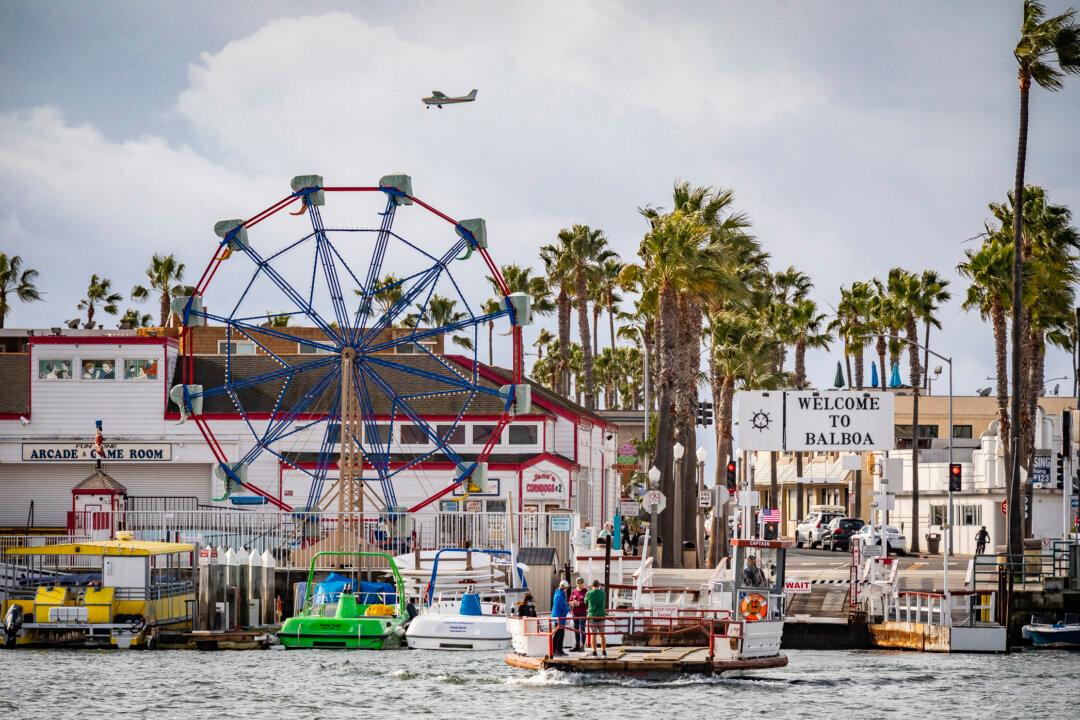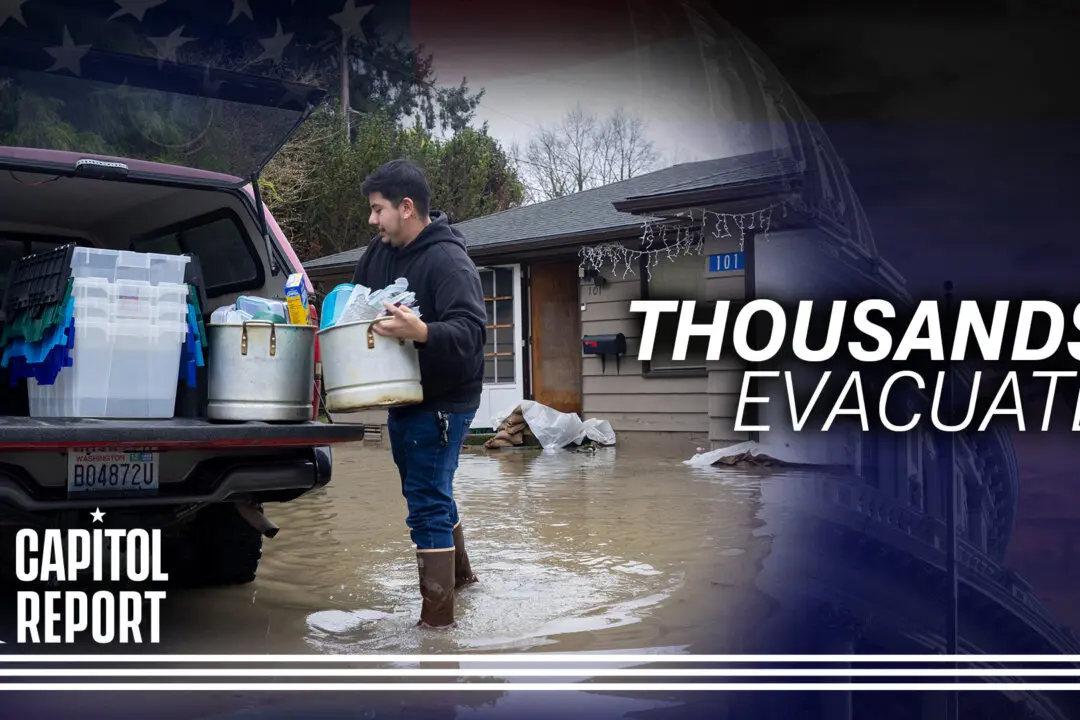A California regulation requiring the historic Balboa Island Ferry in Newport Beach to install electric engines might put them out of business.
The California Air Resources Board, or CARB, is requiring the 104-year-old company to meet zero-emission standards and use electric engines by the end of 2025.





